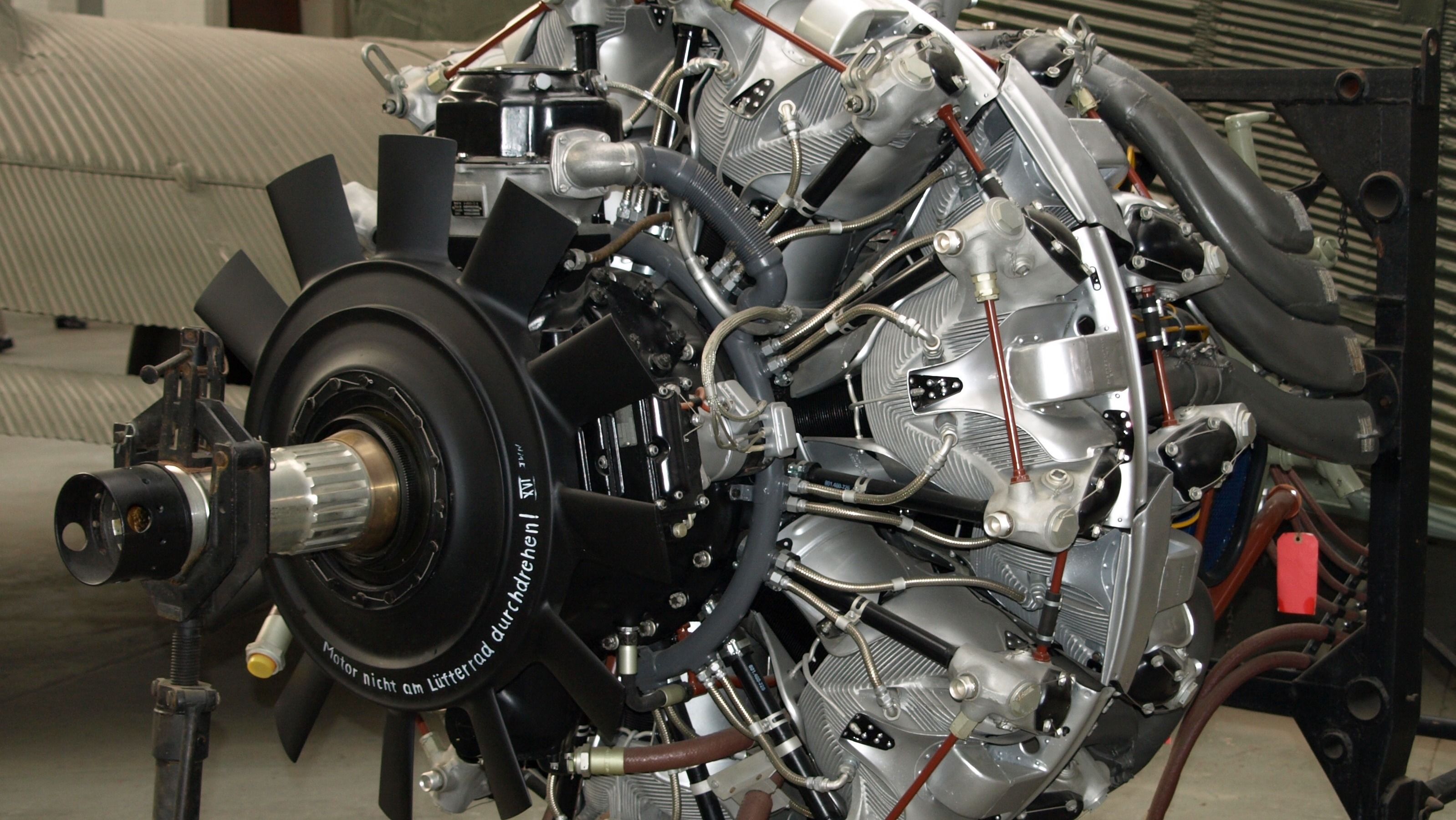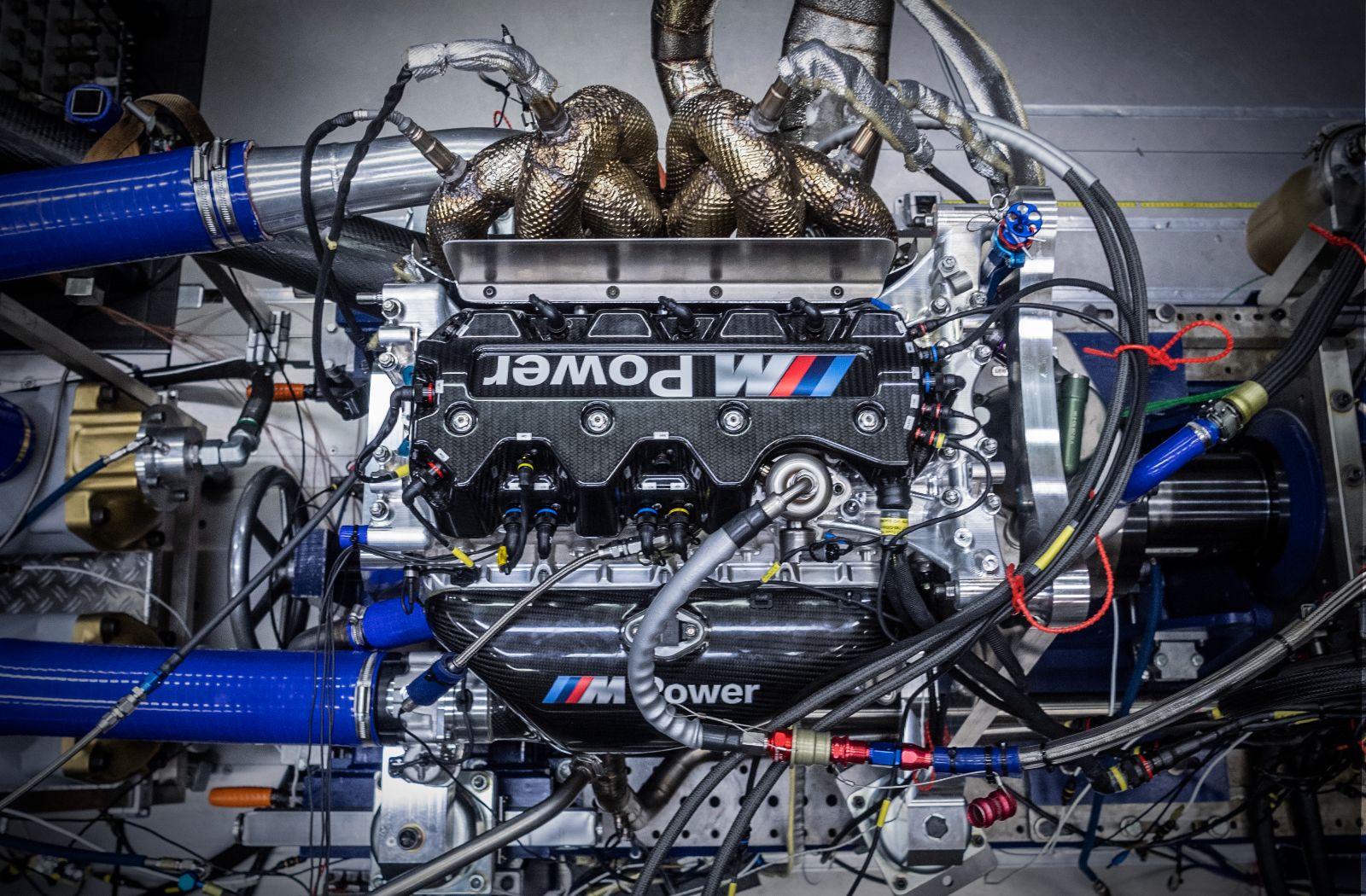Why the BMW Engine Is Considered Among the most effective in Deluxe Cars
Why the BMW Engine Is Considered Among the most effective in Deluxe Cars
Blog Article
Checking Out the Development of Combustion Engines in Modern Transportation Systems
As we browse the landscape of modern transport, the evolution of burning engines stands as a testament to human resourcefulness and engineering prowess. From their simple beginnings to the advanced powerhouses pushing automobiles today, combustion engines have undertaken a remarkable journey of innovation and adjustment. Recognizing the ins and outs of this development not only clarifies the past but additionally leads the way for picturing what exists ahead in the realm of transport modern technology. The interplay of history, modern technology, and ecological issues in shaping the trajectory of combustion engines develops a narrative that is both insightful and compelling.
Very Early Beginnings of Combustion Engines
How did the idea of burning engines first arise in the very early stages of transport development? The roots of burning engines can be mapped back to the 17th century when the principles of interior burning were initial explored.
The innovation moment included the invention of the first effective gasoline-powered engine by Karl Benz in 1885 - bmw engine. This engine led the means for the development of the contemporary car, revolutionizing transportation systems worldwide. Succeeding innovations by Nikolaus Otto and Gottlieb Daimler even more fine-tuned burning engine modern technology, resulting in the mass manufacturing of cars and the quick expansion of the transportation industry
These very early combustion engines were defined by their simplicity and effectiveness, laying the foundation for the complex and powerful engines used in contemporary transport systems. The development of combustion engines has contributed fit the way we take a trip and move items, noting a considerable turning point in the background of transportation development.
Transition to Internal Burning Technology
The transition to inner burning innovation marked a critical shift in the advancement of transportation systems. This shift began in the late 19th century, with creators like Nikolaus Otto and Gottlieb Daimler developing the very first effective interior burning engines. These engines changed transportation by providing an extra effective and powerful alternative to vapor engines and electric motors.
Among the crucial advantages of inner combustion engines was their ability to be reduced to suit lorries, causing the development of bikes and cars. This shift from cumbersome, stationary engines to portable, mobile ones led the way for the modern transport systems we see today.
The transition to interior combustion innovation also stimulated developments in gas technology, causing the development of gas and diesel as key fuel resources for vehicles. This shift not only made transportation more obtainable to the masses but likewise laid the structure for the oil and gas industry to end up being integral to global economic situations.
Impact of Combustion Engines on Transportation
The adoption of combustion engines in transport systems militarized a profound shift in the performance and speed of international wheelchair. Combustion engines reinvented transport by offering Home Page a versatile and trustworthy resource of power for various vehicles, including cars, aircrafts, vehicles, and ships. This development dramatically boosted the capability for goods and individuals to conform cross countries in shorter time frames, leading to increased connection in between regions and countries.
Furthermore, the widespread usage of burning engines has actually had a substantial influence on financial growth. The capacity to move items successfully has actually spurred trade and commerce, permitting organizations to increase their markets and get to customers worldwide. This has helped with economic development and globalization, as items can now be transferred faster and in bigger amounts than ever previously.
Nevertheless, the environmental influence of burning engines can not be ignored. The combustion of fossil fuels has actually caused air pollution and greenhouse gas emissions, adding to climate adjustment and posing health and wellness threats to populations. bmw engine. As an outcome, there is an expanding emphasis on developing different propulsion innovations to reduce these negative results and produce a much more lasting future for transport
Developments in Burning Engine Style
One notable innovation is the development of turbocharged engines, which make use of exhaust gases to drive a turbine that presses inbound air, permitting for even more fuel to be charred, resulting in enhanced power output without a significant rise in engine dimension. Variable valve timing systems have likewise transformed engine design by maximizing air movement at various engine speeds, enhancing both power and performance. These technologies jointly contribute to the continuous renovation of burning engines in contemporary transportation systems.
Future Fads in Burning Engine Development
With technology innovations driving continuous technology, the future of click this link combustion engine advancement is positioned to transform transport systems globally. One of the crucial fads in combustion engine advancement is the press towards higher performance and decreased discharges.
An additional prominent pattern is the fostering of crossbreed technologies in combustion engines. Crossbreed engines integrate traditional combustion technology with electrical power, providing boosted gas effectiveness and lower discharges. As the automotive sector shifts in the look at this site direction of electrification, crossbreed burning engines are seen as a transitional service that connects the space in between standard lorries and fully electric ones.
Additionally, the assimilation of clever modern technologies, such as expert system and data analytics, is expected to play a considerable function in the future of combustion engine advancement. These innovations can enhance engine performance in real-time, causing a lot more reliable burning procedures and improved general car performance. Embracing these future trends will not just drive innovation in combustion engine development yet additionally add to an extra environmentally friendly and lasting transport environment.

Conclusion
Finally, the advancement of burning engines in modern-day transport systems has actually been noted by considerable innovations in modern technology and layout. From the early beginnings of combustion engines to the transition to internal burning modern technology, these engines have actually had an extensive effect on transportation. Technologies in burning engine layout remain to drive development in this field, with future trends focusing on more boosting effectiveness and minimizing discharges. The future of combustion engines in transport looks encouraging as r & d initiatives proceed to push limits.
The origins of combustion engines can be mapped back to the 17th century when the principles of internal burning were first discovered. These engines reinvented transportation by providing an extra efficient and powerful choice to heavy steam engines and electric motors.

Report this page